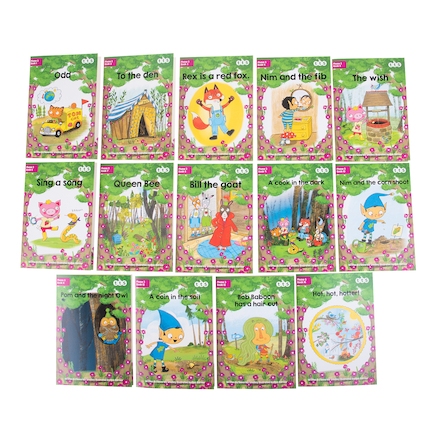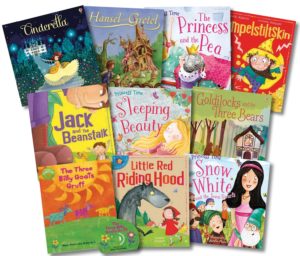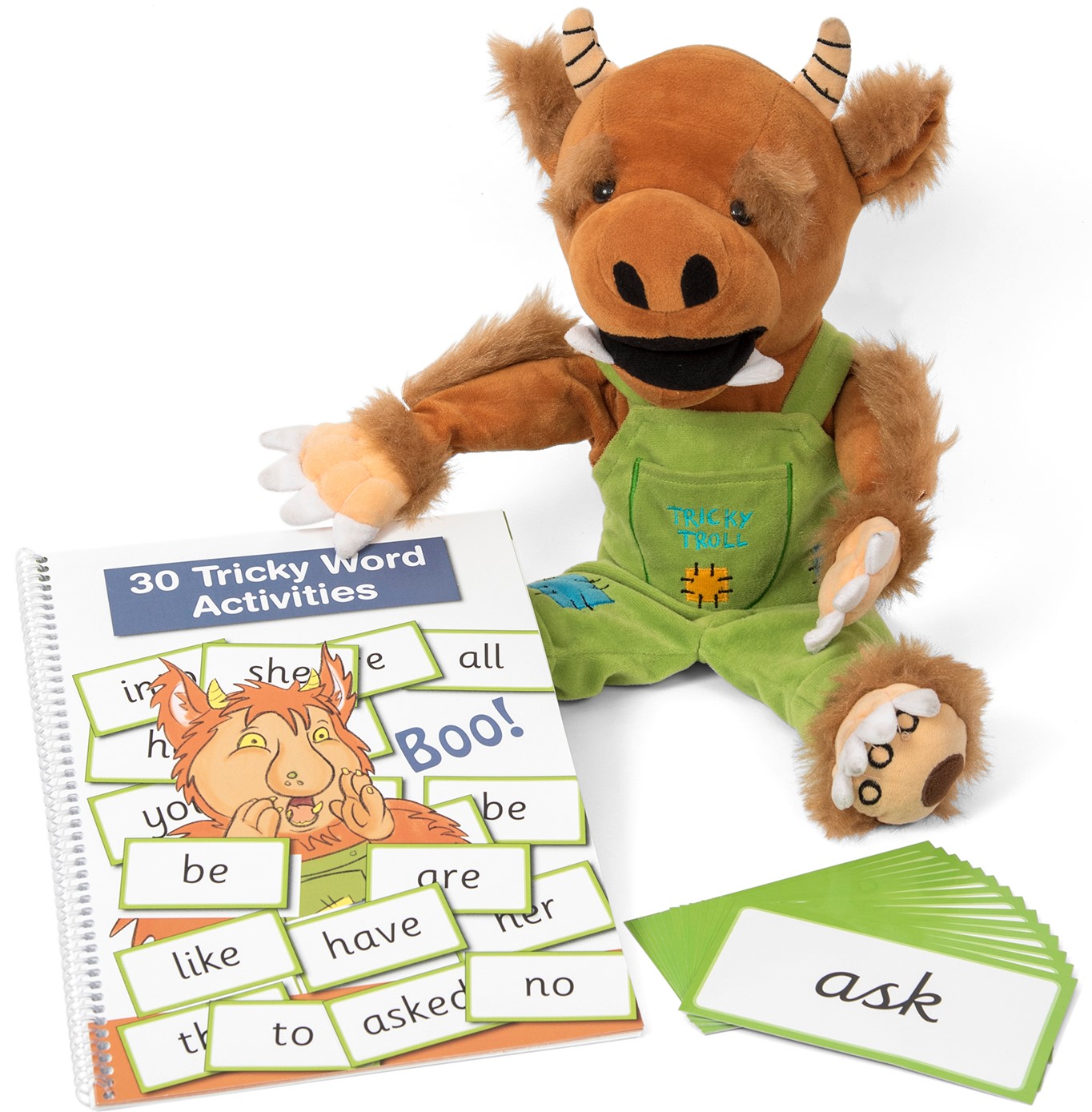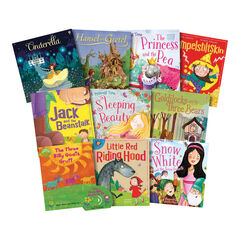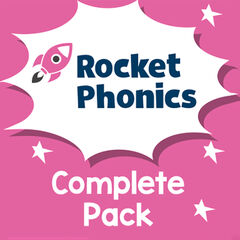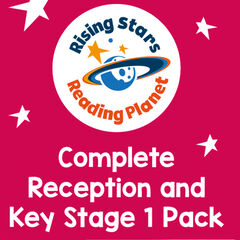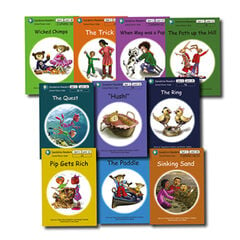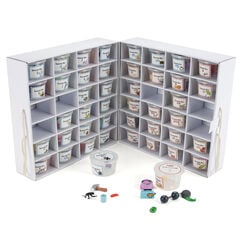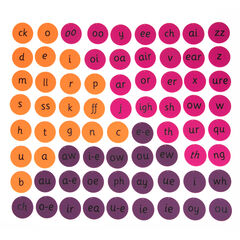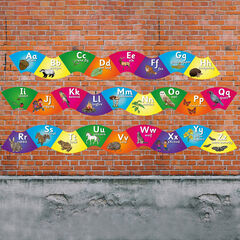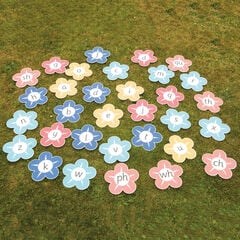Since the introduction of the Ofsted inspection framework in September 2019, there has been a lot of discussion around early reading and phonics. In primary schools, inspectors will always carry out a deep dive in reading, which will include a large focus on how schools support early reading and phonics.
In this blog, we consider 10 ways to help raise achievement in early reading and phonics.
1. One systematic phonics programme
Research indicates that it benefits pupils if schools adopt and follow one consistent approach to the teaching of phonics. This needs to be followed across the whole school with all teachers being familiar with the programme. Schools also need to be clear how they are supporting children to ‘catch up’. So in practice, how are the ‘lowest 20%’ of pupils being supported to make accelerated progress?
2. Phonic readers
Phonic readers are books that contain either decodable or common exception words meaning that children can read them using just their phonic skills and knowledge.
The Big Benefits:
- Children are only introduced to books that have familiar letters and sounds so they can practise their phonic skills to gain greater fluency in decoding.
- When children are more confident with decoding, they can spend more time focusing on comprehension skills and reading stamina.
- As children have the skills they need to read the book, they are more likely to experience success, which will build their confidence and enjoyment of reading.
Take a look at our Phonic Reader range.
Reading books connect closely to the phonics knowledge pupils are taught when they are learning to read.
School Inspection Handbook, Ofsted, 2019
3. ‘Real’ picture books
Use real picture books to embed children’s phonics learning. You could theme your reading corner with books containing sounds the children are learning or read a book at story time that contains a new sound you have learnt. Why not read Goldilocks when teaching ‘g’?
4. Reading comprehension
Reading comprehension skills should be developed from the earliest opportunity. When reading aloud to children, encourage them to discuss the text and ask questions. Where possible, provide children with experiences similar to those they read about, for example, if you are reading about the railways then plan to visit a railway. You don’t always need a book to practise comprehension skills, try using video clips too!
5. Reading for pleasure
There are lots of ways we can instill in children a love of literature. Daily story time sessions are a great start (for all and not just in KS1). Try inviting different people into your classroom to read aloud, for example grandparents or authors. Puppets and props are a perfect way to bring reading aloud alive. You could also find spaces in school that are not used effectively and turn them into comfy, cosy reading spaces to enjoy reading.
6. Reading and Writing – Using and Applying
It is important to remember that we use phonics for reading and writing. We therefore need to give children lots of opportunities to practise using their phonics for both. Make sure to follow a consistent approach, so that children can see the links between learning in a phonics lesson and applying this across the wider curriculum.
7. Take it outdoors
The great outdoors provides children with a multi-sensory reading environment. Try taking your phonics lessons outside by setting up a sound hunt, or use chalk to write graphemes on the playground. Setting up a reading space in your playground offers children the opportunity to read during break and lunchtimes. It can be an exciting space that motivates and encourages children to read for pleasure.
8. Involve parents
Make sure that parents know what their children are learning. Share the school reading policy and run parent workshops to introduce and explain the schools phonics and reading approach. You could send home the weekly phonemes or words, and encourage children to teach their families.
9. Engaging resources
The engaging resources that we use, will help to engage the pupils that we teach. Use a range of multi-sensory resources both in your phonics and literacy lessons to help children recognise and use their phonics learning across the curriculum. Puppets and characters (such as Tricky Troll) are a great way to motivate pupils.
10. Teacher confidence and knowledge
All staff, from EYFS to KS2, need to be confident and knowledgeable about the schools approach to the teaching of phonics and reading. This is crucial as every member of staff contributes to this journey, and there may be some children in KS2 who continue to require phonics support. It is the role of the subject leader to ensure that staff have the right training and support to enable them to be experts.


